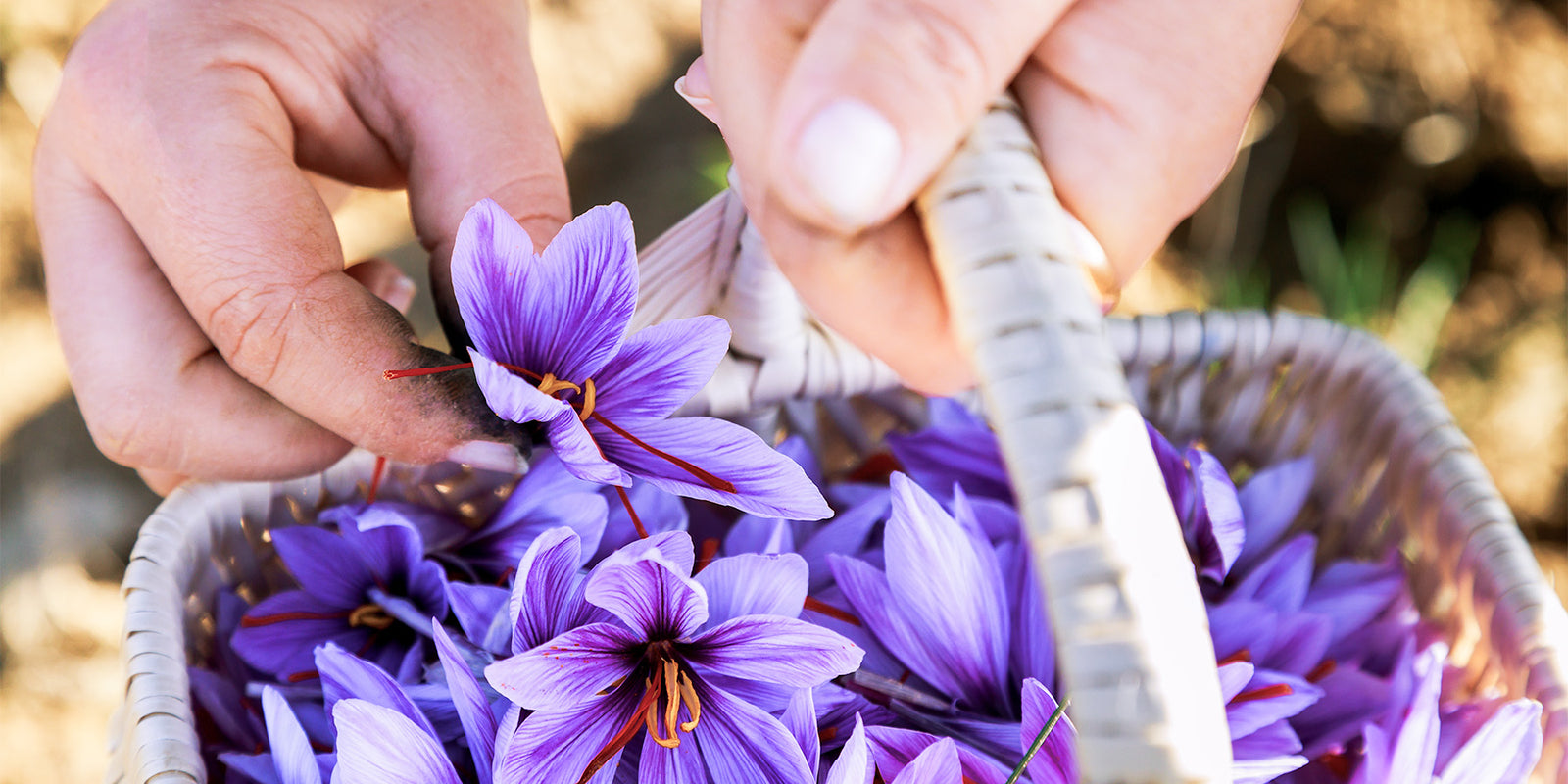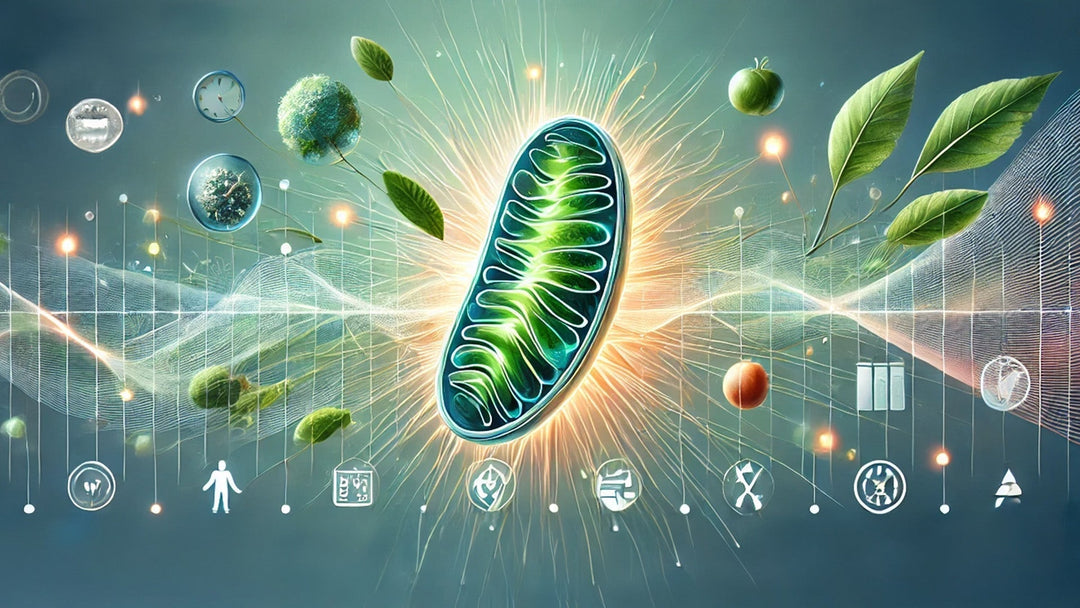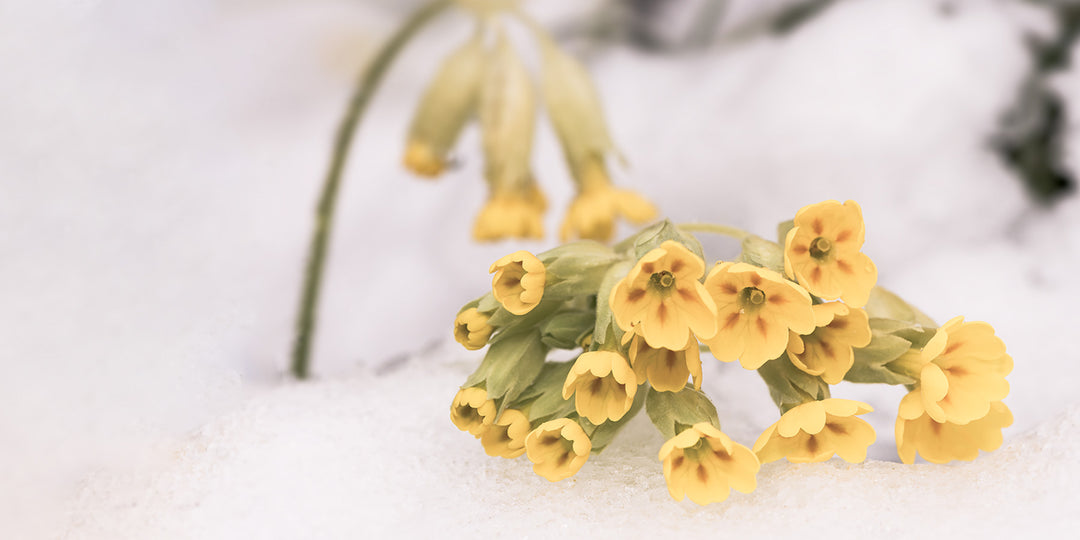Brings sunshine to the heart. Saffron

Saffron supports digestion, protects the liver, improves blood circulation and brings light into dark thoughts.
The small crocus originally comes from the Middle East. Since the ancient Persian Empire, "the yellow", as saffron is translated, has been one of Iran's most important export goods. The anti-inflammatory saffron has been used in Oriental medicine for thousands of years. But its history is also closely linked to our country and it also has a long tradition here - cultivation in Lower Austria has been documented since the 13th century. The high-quality Crocus austriacus from the Lower Austrian Danube region was long considered the best saffron in Europe and was one of the "famous specialties of the crown land".
Hand-harvested medicine
In the past, the well-known coloring effect of saffron was used primarily by those of rank and name. Anyone who wore saffron-yellow clothing had to be rich! After all, the infertile plant can only be propagated by dividing the tubers and only flowers once a year. In these few weeks in autumn, the red threads of the stigmas have to be laboriously harvested by hand. And around 200,000 flowers are needed to produce 1 kg of saffron! What makes the purple crocus so valuable is its ingredients: Iranian doctors found that the main aromatic substance, safranal, increases our serotonin levels and thus has a mood-enhancing effect similar to that of common antidepressants, but without their side effects. The color-giving secondary plant substances, namely the carotenoids crocin and crocetin, protect our cells with their antioxidant effect. The liver also benefits from this.
Gold for the Soul
Saffron strengthens the nerves and also has a mood-enhancing effect. Saffron can be used as an adjunct therapy, especially for mild to moderate depressive moods, such as those that occur with PMS, (post)menopause and baby blues.
Better blood supply to organs
Combined with curcumin, the effect of saffron can be enhanced and our blood circulation can be improved - right down to the smallest blood vessels in the eye. This relieves redness and also improves retinal function. The good blood circulation also ensures that our organs, such as the brain, are supplied with plenty of oxygen. Saffron is therefore also recommended for dementia patients. According to studies, it can stand up to comparison with corresponding medications - without the usual side effects.






